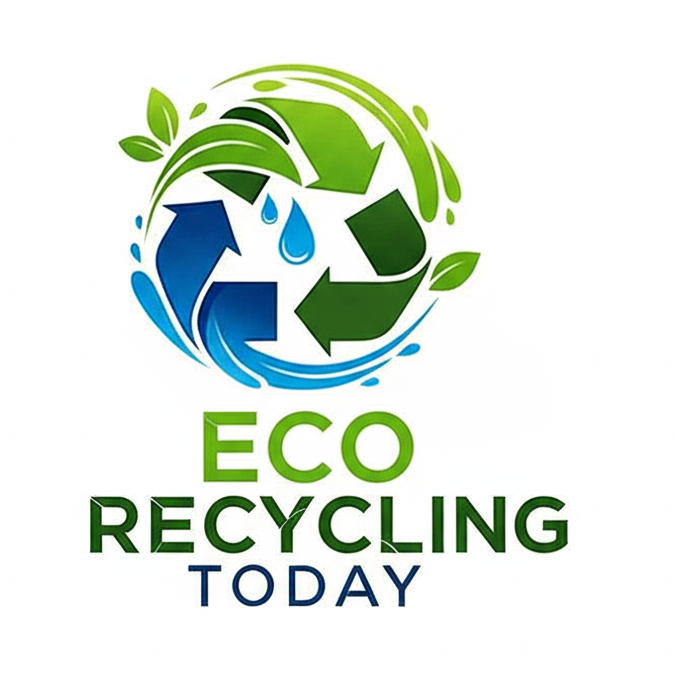In today's recycling-driven world, polyethylene terephthalate (PET) bottles are among the most commonly recycled plastics. Efficiently shredding these bottles is the first critical step in the recycling process. Whether you're running a recycling facility or managing waste for a manufacturing plant, choosing the right shredder can make a huge difference in efficiency, cost, and output quality.
In this guide, we’ll walk you through everything you need to know to choose the right PET bottle shredder for your needs.

Why to Shredder PET Bottles
Before PET bottles can be washed, sorted, and pelletized, they must be shredded into small flakes. This:
- Reduces volume for easier handling and transportation
- Increases washing efficiency
- Prepares material for further processing (like extrusion or injection molding)
- Improves sorting accuracy when automated systems are used
A quality shredder ensures uniform particle size and minimizes plastic waste due to inconsistent cuts or equipment failure.
How to Choose a PET Bottle Shredder
1. Capacity and Throughput
Start by assessing how many PET bottles you need to shred daily. Shredders come in a range of capacities, from small units processing 50–100 kg/h to industrial machines capable of over 2,000 kg/h.
Tip: Don’t just focus on current needs—consider future growth.
2. Feed Opening Size
PET bottles vary in size, from small drink bottles to large containers. Choose a shredder with a feed opening wide enough to handle your typical bottle sizes without pre-cutting.
3. Blade Design and Material
Look for durable, wear-resistant blades made from hardened steel or alloy materials. Rotary shredders with staggered blade configurations are ideal for PET bottles, offering efficient cutting and less heat buildup.
Important: Blade maintenance and ease of replacement are also critical for long-term performance.
4. Motor Power and Efficiency
The motor should be powerful enough to handle continuous use without overheating. For PET shredding, motors typically range from 10 HP (for small-scale operations) to 100+ HP for industrial use.
5. Output Size and Mesh Screens
The desired flake size will influence your choice. Most shredders come with interchangeable screens or sieves to adjust the output size. For bottle-to-bottle recycling, consistency in flake size is essential.
6. Safety Features
Ensure the shredder includes essential safety mechanisms such as:
- Emergency stop buttons
- Overload protection
- Safety interlocks
- Noise-reduction features
These protect both your workers and your investment.
7. Ease of Maintenance
Frequent downtime can cost you time and money. Choose a shredder with easy access to internal parts for blade changes, cleaning, and troubleshooting.
8. Space and Installation Requirements
Measure your available space and verify the shredder’s footprint. Also consider the power supply and whether your facility can support the electrical requirements.
Optional Features That Add Value
While not essential, the following features can enhance productivity:
- Integrated conveyors for feeding bottles automatically
- Dust collection systems to maintain a clean workspace
- Pre-washing systems to reduce contamination before shredding
- Smart controls and monitoring for performance tracking and maintenance alerts
Top PET Shredder Manufacturers
When investing in a PET shredder, it’s often wise to consider reputable brands such as:
- Vecoplan
- ZERMA
- WEIMA
These companies offer robust machines, warranties, and technical support.
Choosing the right shredder for PET bottles isn’t just about price—it’s about long-term reliability, efficiency, and safety. Evaluate your processing needs, available space, and budget carefully, and don’t hesitate to reach out to manufacturers for demos or technical specs.
